6. June 2015 14:47 by streng in
Inductive charging stations are using the electromagnetic field to transfer energy via two induction coils acting as electrical transformer. The first induction coil (sender) is located in charging base station and creates an alternating electromagnetic field. The second induction coil (receiver) located in vehicle takes power from the electromagnetic field and converts it back into electrical current to charge the battery. The proximity between these two coils are critical. Increasing the distance between coils is possible for inductive charging systems using resonant inductive coupling. Using high-frequency induction improves efficiency of such charging stations. The safety aspects of inductive charging for EVs used in public transportation require further investigation.
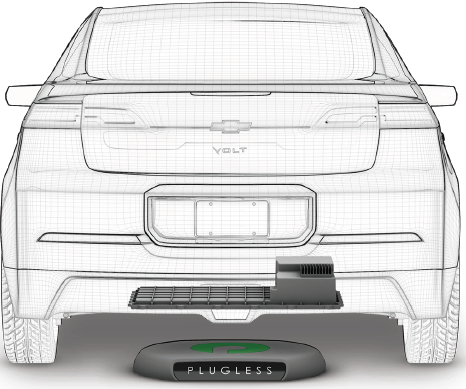
4. June 2015 12:06 by Christian in
A picture is worth a thousand words

3. June 2015 19:34 by Christian in
RF chambers and amplifier used to validate electronic modules per automotive OEM specifications.
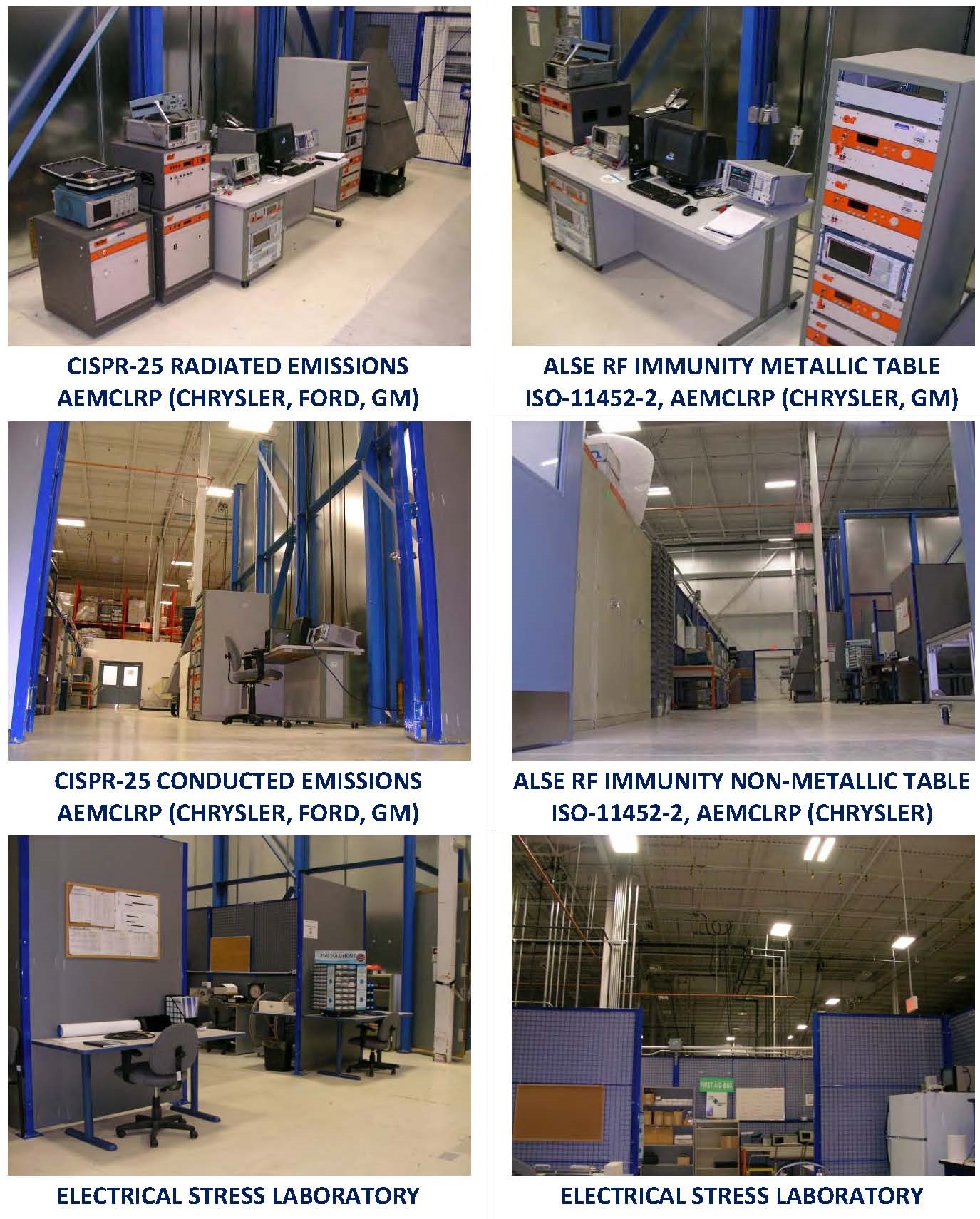
Equipment for standard automotive transients on supply lines (12/24 VDC) and I/O lines.
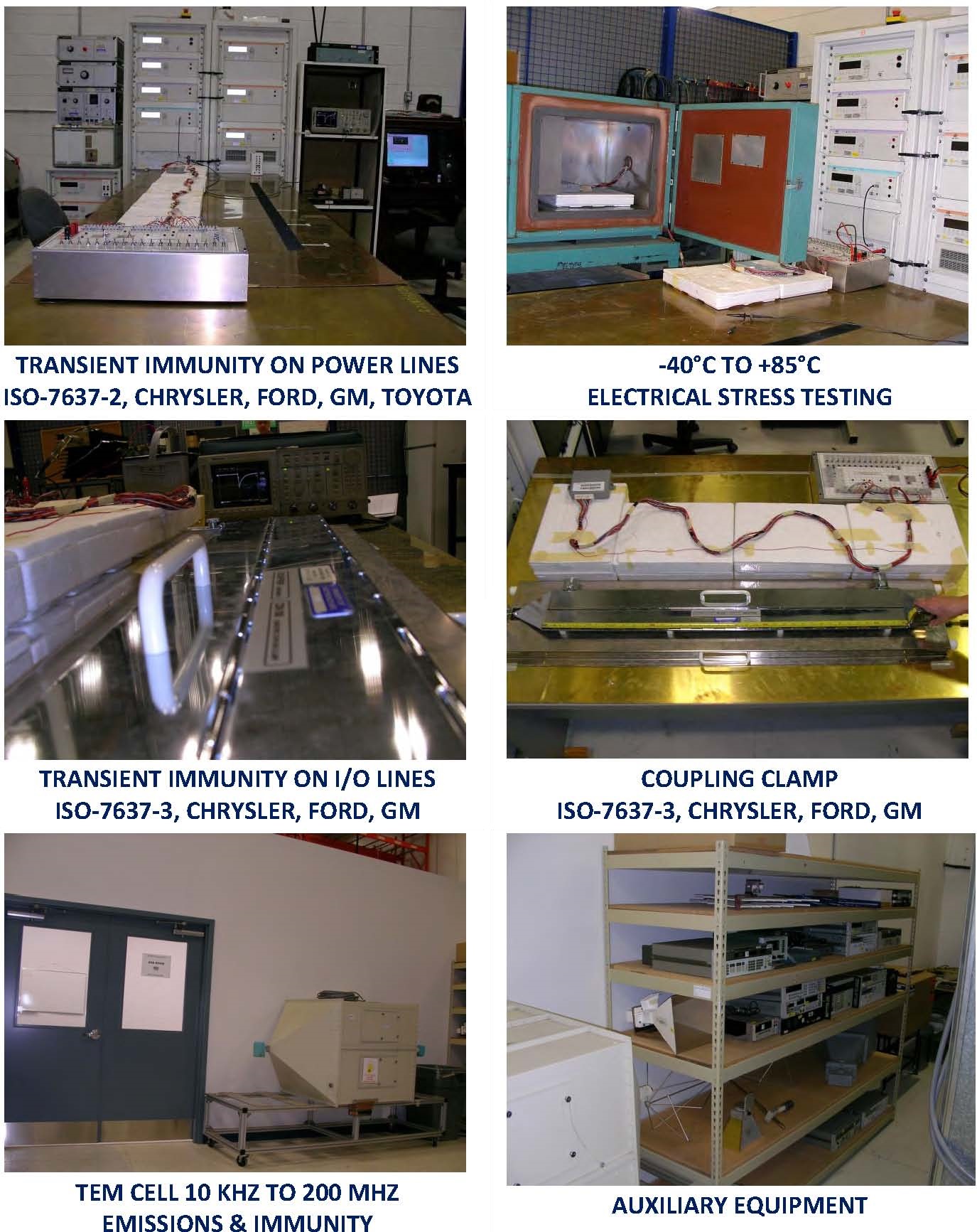
Equipment for BCI (Bulk Current Injection) testing
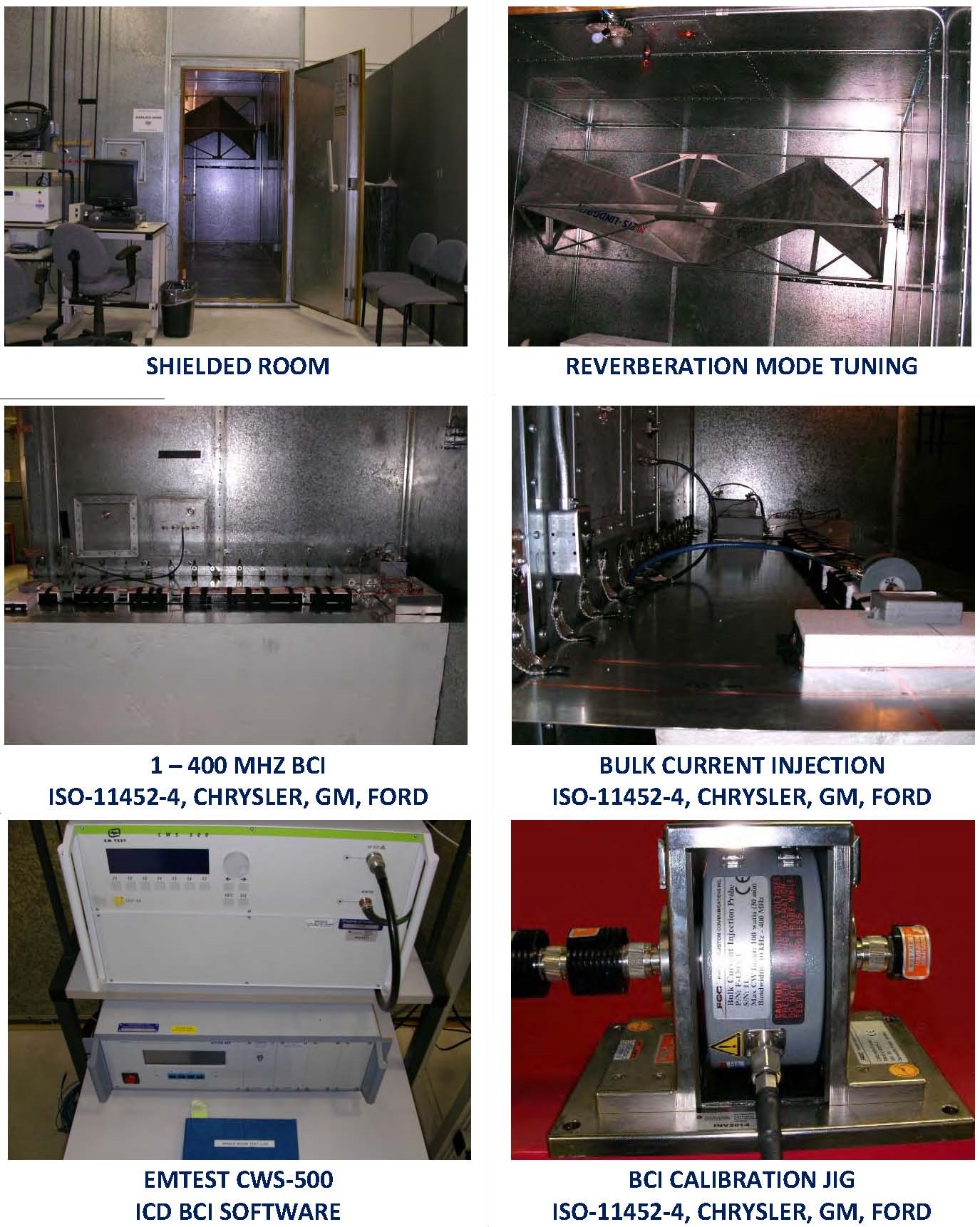
Radiated Emissions Test Equipment
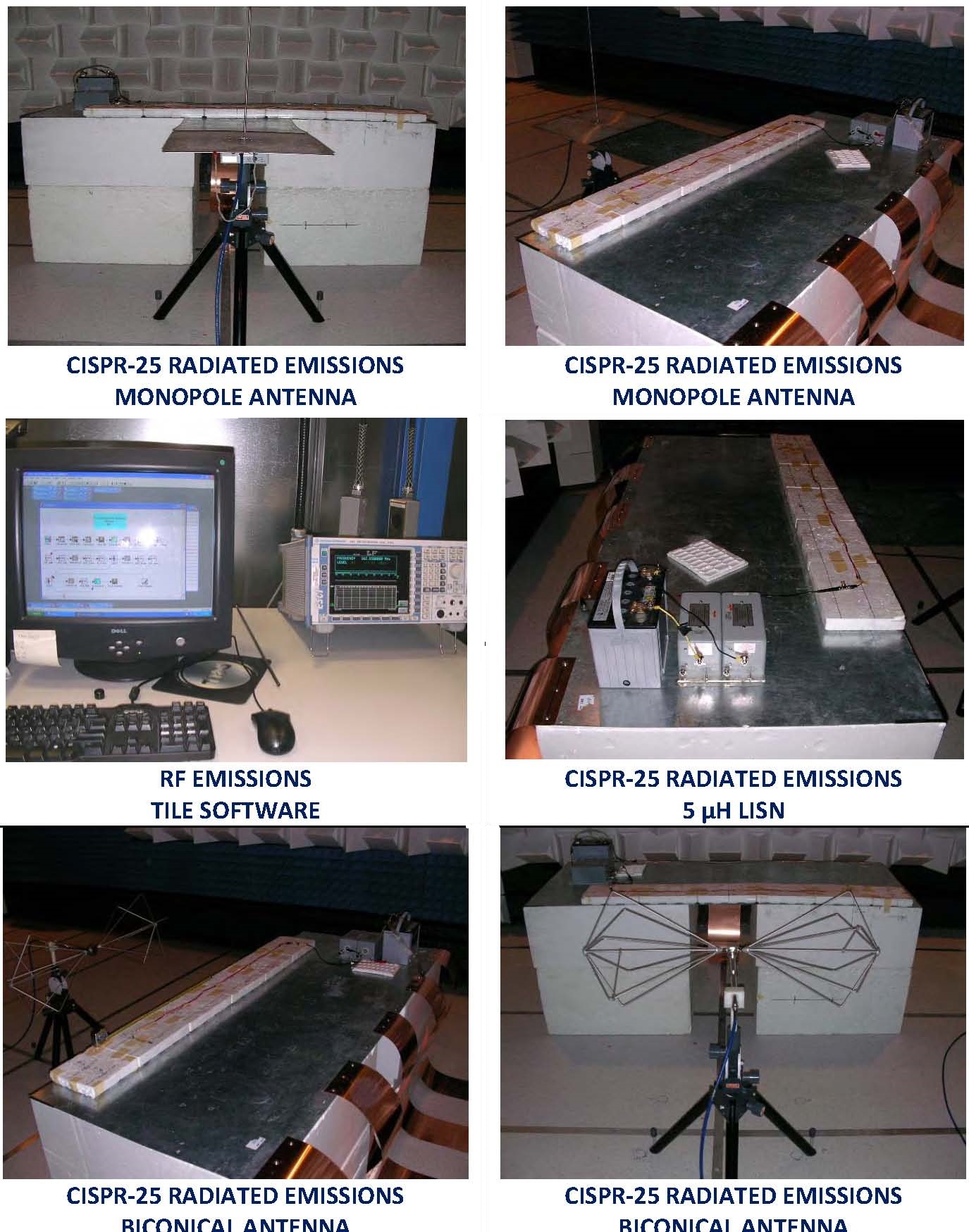
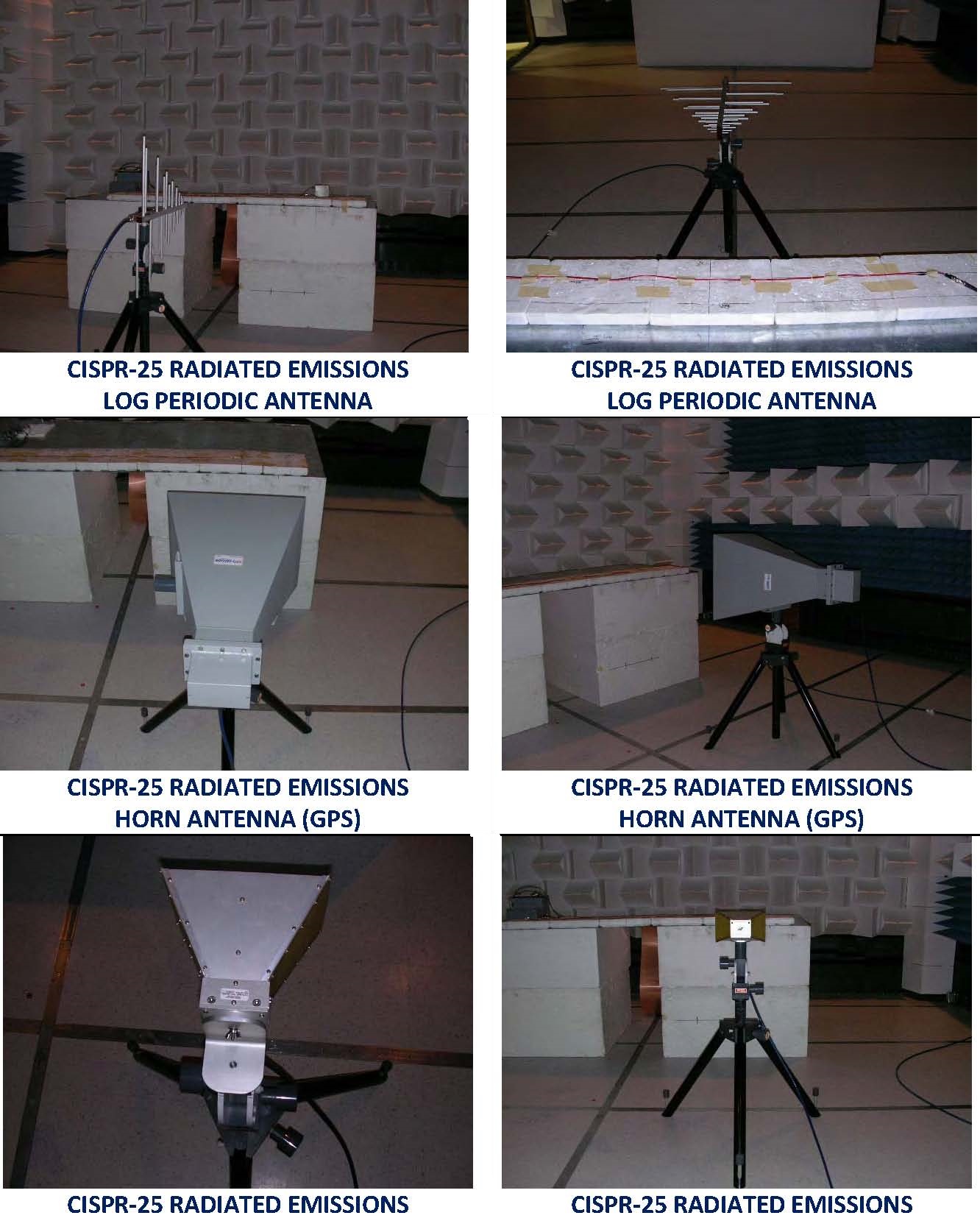
3. June 2015 10:50 by Christian in
The Electric Bus uses lithium ion rechargeable batteries that can store 200 KWh of electricity. The Siemens Electric Drive System converts three-phase AC power to drive the traction motor via DC power from batteries. When braking, the motor acts as a generator to recover energy. The air compressor and air conditioning compressors are using DC power converted to AC. Another converter is used to supply 24-volt DC power to steering, interior fans, lights, and accessories.
